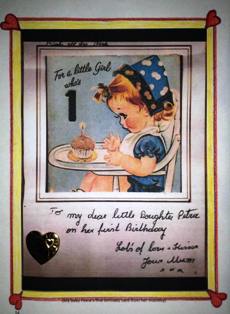Apparently, hand painting on glass is as easy as you would think of it. It is even funnier to use DecoArt Americana® multi-surface paints. They will easily bring your project to life since they come in a range of colors.
The best thing Shari does when invited into a friend’s house is to take along a handmade hostess gift something she really likes doing. Here are the supplies:
- Beads
- Paint brushes
- Rubbing alcohol
- Wine glass
- Charm
- Wire bending and cutting tools
- Americana® Multi-surface acrylic paintsCotton makeup pad
- 20gaue wire
Get an image probably online that will fit enough inside the glass and ensure it is centered.
Paint the shape of the shamrock and after that layer is dry paint the shamrock according to the version you want. Then make the charm for the neck of the glass.
Measure out 5” of 20 gauge wire and cut. You could add beads and a charm. Consider shaping the wire into a circle so as to put on the glass.
The paint should air cure for 7days. Happy creating!

















